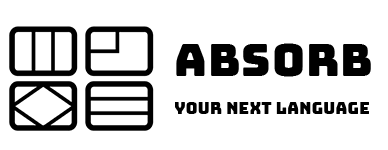Learning a language in a classroom is the most common way people learn a language today.
But is it the most effective? Many language learners would rightfully argue that it depends on the classroom-based methods being used. And they would be right to do so.
There are a variety of language teaching methods used today, and some are far more effective than others. For example, the Grammar Translation Method, where learners memorize grammatical rules and vocabulary lists, may help you pass a written exam, but it is not optimal for developing oral fluency or the ability to communicate effectively in everyday situations.
On the other hand, communicative language teaching, which emphasizes real-life communication and interaction, has been shown to be much more effective for language learning. In a communicative language classroom, learners engage in role plays, group discussions, and real-world tasks that help them develop the skills they need to function in a foreign language.
Other effective classroom-based methods include task-based learning, which focuses on specific tasks and activities that help learners achieve a language goal, and the flipped classroom model, where learners review course material outside of class and use class time for hands-on, interactive activities.
In any case, the key to effective classroom-based language learning is the teacher’s ability to create an engaging and effective learning environment. Teachers who are passionate about language acquisition, creative in their teaching methods, and invested in their students’ progress are the ones who will make a real difference in their learners’ language proficiency. So, while classroom-based methods may not be the only way to learn a language, they certainly can be an effective one with the right approach.
